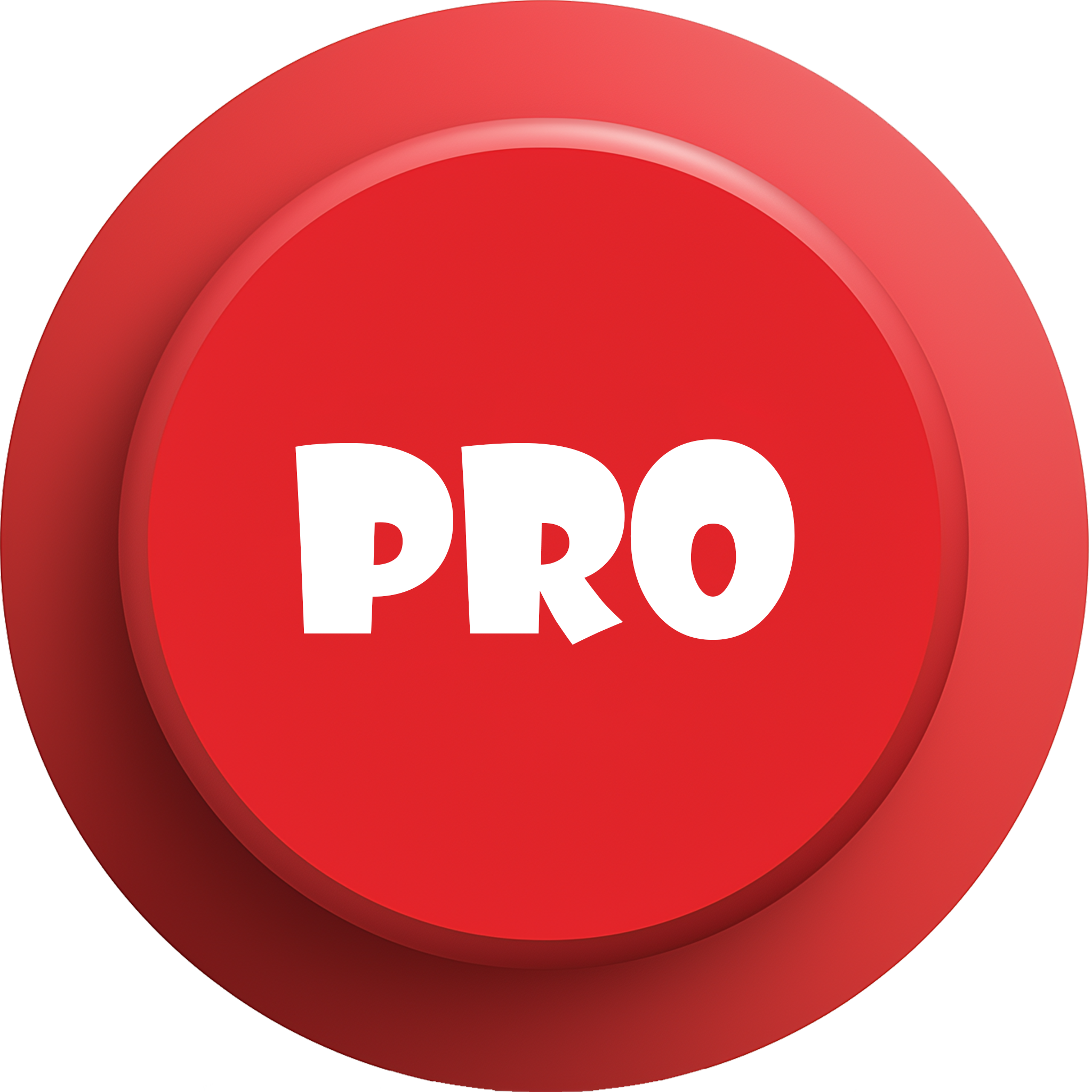Halloween has always been an audio experience as much as a visual one. The faint creak of a door, the shrill violin in a horror score, or a maniacal laugh echoing through the dark – these are sounds that make our hearts race before anything even appears on screen. Behind every horror icon is a sound that became its soul. Today, we’re taking a deep dive into the top five Halloween character soundboards – the voices and noises that have haunted generations – and how they became the soundtrack of fear. You can relive them all at SoundButtonsPro.net, where each chilling moment is just one click away.

Ghostface – The Voice That Calls From the Dark
The phone rings. You answer – and then it begins: “What’s your favorite scary movie?” This one line from Scream turned Ghostface into one of horror’s most recognizable voices. The Ghostface soundboard blends playful taunts, breathing effects, and the infamous voice modulation that chills you to the bone. Voiced by Roger L. Jackson, Ghostface’s dialogue is the perfect mix of charm and menace – half prank call, half death threat. The brilliance lies in the unseen voice: faceless, unpredictable, human yet monstrous. These sounds are now used by fans for Halloween pranks, podcasts, and even video edits that celebrate the thrill of fear without showing a drop of blood.
Michael Myers – The Sound of Silent Terror
Silence can be louder than a scream, and no character proves that better than Michael Myers from Halloween. His presence is built on sound rather than words: the steady footsteps, the ominous breathing under the mask, and John Carpenter’s minimalist piano theme. The Michael Myers soundboard encapsulates that slow, creeping dread – a sound that tells you he’s near even when he’s not. What makes this sound iconic is its simplicity; it mirrors the inevitability of fear itself. Carpenter’s score, written in 5/4 time, is now one of the most recognizable horror motifs in cinema, replayed every October like a ritual of fright.
Pennywise – The Laughter of Madness
“Hiya, Georgie!” With that single greeting, Pennywise from It carved his name into horror history. The Pennywise soundboard captures everything unsettling about this monstrous clown – his lilting laughter, sudden tonal shifts, and eerie whispers that echo childlike innocence twisted into evil. The origin of Pennywise’s voice spans two iconic portrayals: Tim Curry’s 1990 version, rich with dark humor, and Bill Skarsgård’s 2017 performance, where guttural growls and giggles merged into something purely inhuman. Together, they gave life to the sound of corrupted joy. This soundboard isn’t just scary – it’s hypnotic, a carnival melody gone wrong, perfect for Halloween playlists and prank calls alike.
Freddy Krueger – The Dream Demon Who Talks Back
Freddy Krueger isn’t just a nightmare figure – he’s a performer. With his gravelly voice, cruel one-liners, and that unmistakable metal claw scrape, Freddy made fear fun. The Freddy Krueger soundboard highlights the sarcasm and showmanship that set him apart from silent killers. Originating in Wes Craven’s A Nightmare on Elm Street (1984), actor Robert Englund crafted Freddy’s personality through voice as much as costume. His sound became a paradox: witty yet horrifying, grotesque yet entertaining. Every quote – “Welcome to prime time, b!” – is theater in the language of terror. It’s no wonder his lines still echo through Halloween events and haunted houses decades later.
Chucky – When Evil Finds a Voice
While most dolls are meant to comfort, Chucky was designed to disturb. From Child’s Play (1988), this possessed toy redefined horror through attitude and profanity. The Chucky soundboard bursts with manic laughter, threats, and darkly comic insults. The character’s sound originates from Brad Dourif’s legendary vocal performance – childish, angry, and unpredictable. What makes Chucky unique is his duality: he sounds both harmless and dangerous in the same breath. Fans use these clips to add chaotic humor to Halloween streams or to recreate horror scenes with a mischievous twist. His laugh alone is enough to send a nostalgic chill down the spine of anyone who grew up in the VHS era.
The Power of Sound in Horror
Soundboards like these aren’t just collections of quotes – they’re emotional triggers. Hearing Ghostface’s voice instantly reminds you of dark hallways and ringing phones. The first few notes of the Halloween theme can make your pulse quicken even in daylight. Horror relies on sound to bypass logic and tap straight into instinct. That’s why these characters endure: because their voices became part of the collective language of fear.
Conclusion: The Eternal Echo of Halloween
From Ghostface’s taunts to Chucky’s deranged giggles, these soundboards prove that terror doesn’t need visuals – it needs voice. Each sound represents decades of horror storytelling, reborn every October through memes, fan edits, and haunted playlists. Whether you’re planning a spooky party or crafting a Halloween video, you can find every scream, laugh, and eerie tone at SoundButtonsPro.net. Plug in your headphones, dim the lights, and let the legends of fear speak once more.
